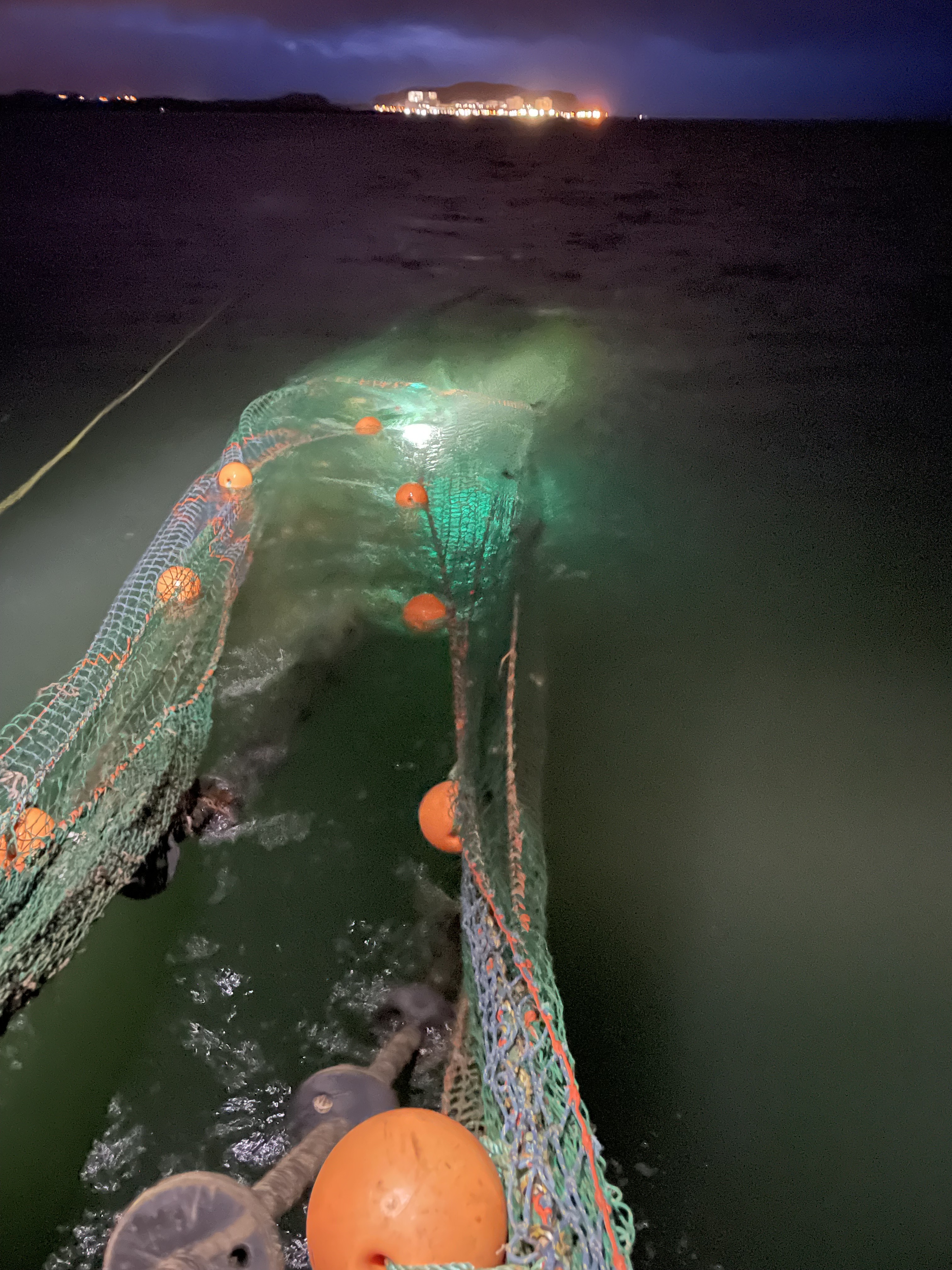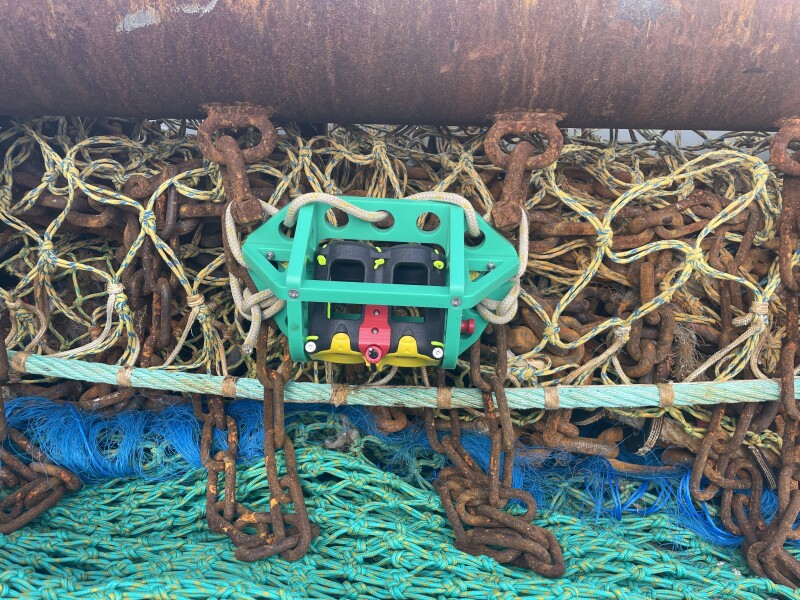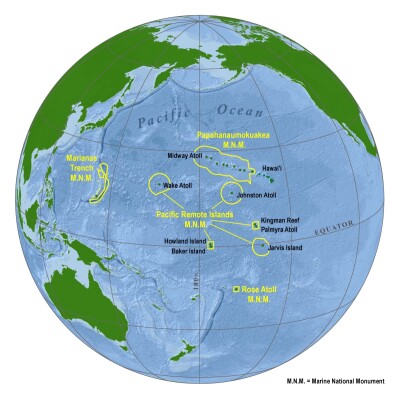A few veterans of the now-defunct Safety Net Technologies have revived the company’s operations under the name of CatchCam Technologies.
"We’re a fishing focused company,” says CatchCam co-founder, Tom Rossiter. “Our engineers are problem solvers. We spend 50 to 100 days at sea getting to see how our products are working.”
CatchCam’s main products are underwater cameras rated for depths of 300 and 800 meters. “Another product we have is the SeaSensor,” says Rossiter. “That allows you to collect oceanographic data such as salinity, turbidity, and temperature.” Rossiter points out the fishermen can correlate this data with catches and species. “You can start to see what’s driving the process,” he says.
But as the company name implies, the cameras are its flagship product, and Rossiter points out that the cameras are versatile and durable. “The camera is in this housing,” he says, showing off the housing that protects the camera from damage. “You can put it anywhere on the gear you want. You can put it on the headrope, the footrope, or in the extension to see exactly what you’re catching.” CatchCam also makes the hardware needed to mount the camera on the towing wires ahead of the trawl doors, Rossiter notes, enabling the captain to see exactly how the doors are performing and how much bottom contact they are making.
CatchCam offers a mid-range system that boasts of some advantageous features. “Everything can be controlled remotely from a tablet on deck, and while the camera sees what it sees and then can be reviewed after it’s retrieved, we offer a stream feature that allows you to stream the footage while CatchCam is still on the gear and make adjustments if needed.”

Rossiter notes that UK trawlers make up the bulk of his customers but that the CatchCam camera systems can be used in other fisheries. “We put a camera on an Eastern Fisheries scallop boat out of New Bedford,” he says. “Reidar’s [Manufacturing] built the gear, and the results were surprising. They were towing with a 3 to 1 scope and thought the gear would be down on bottom but the first two chains barely touched bottom. They got shined by hitting the occasional mound of sand. That was enough to make you think they were on bottom the whole time. Setting the gear at 4 to 1 took it down but it fished no better. And the way Reidar’s had made that plate for flying, the impact of the gear was way less than we expected.”
Trap fishermen are also using the CatchCam cameras, Rossiter notes. “If you want to see how your gear is actually fishing, what’s going on, you can put one on a trap,” he says. “Some of the bigger crabbers are trying it out.”
Having eyes under the water has always been a dream of fishermen who for centuries have had rely on a few clues to tell them what was going on below. But with CatchCam they can learn what’s really happening. “As an old captain I know, says: every day’s a school day,” says Rossiter.







